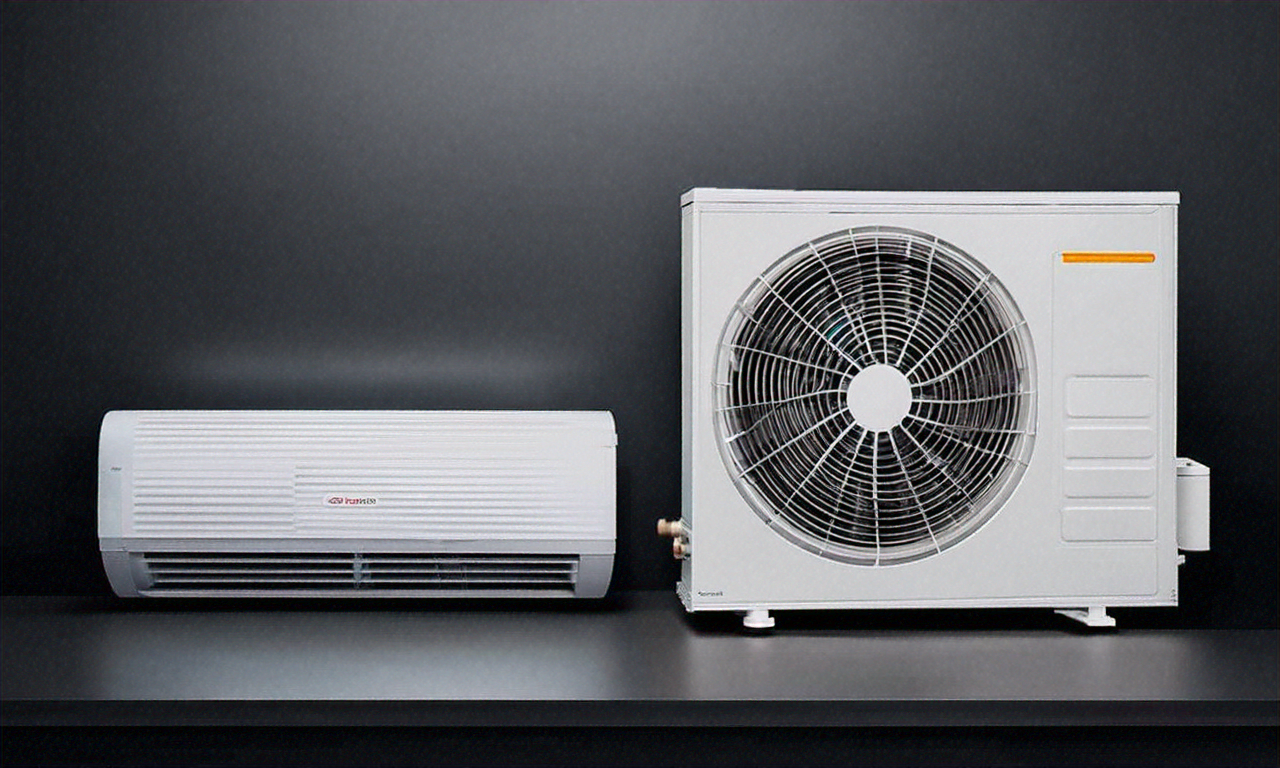Understanding Ductless Air Conditioning: A Comprehensive Guide to Mini-Split Systems
A ductless air conditioning system, also known as a mini-split system, offers an efficient and flexible cooling solution for homes without traditional ductwork. These systems combine an outdoor compressor unit with one or more indoor air-handling units, connected by a small conduit containing refrigerant lines and power cables. As more homeowners seek energy-efficient climate control options, ductless systems have become increasingly popular for their versatility and performance.

Benefits of Installing a Ductless HVAC System
Ductless systems offer several advantages over traditional central air conditioning. They provide zone-specific temperature control, allowing different areas of your home to maintain individual comfort levels. Energy efficiency is another major benefit, as these systems avoid the energy losses associated with ductwork, which can account for up to 30% of energy consumption in central air systems. Additionally, installation is typically less invasive and can be completed in a single day.
Choosing the Right Mini-Split System for Your Home
Selecting the appropriate ductless system depends on several factors, including your home’s size, layout, and cooling requirements. Single-zone systems work well for individual rooms or small spaces, while multi-zone systems can cool multiple areas with a single outdoor unit. Consider the BTU rating needed for your space and the system’s SEER rating for energy efficiency when making your selection.
Common Installation Considerations
Professional installation is crucial for optimal performance of a ductless air conditioning system. Key considerations include proper placement of both indoor and outdoor units, ensuring adequate drainage for condensation, and selecting appropriate locations for the connecting conduit. The indoor unit should be mounted high on the wall for optimal air distribution, while the outdoor unit requires adequate clearance and protection from the elements.
Maintenance Requirements for Ductless Systems
Regular maintenance helps ensure long-term performance and efficiency. Basic maintenance tasks include cleaning or replacing air filters monthly, keeping outdoor units clear of debris, and scheduling professional maintenance checks annually. These systems typically require less maintenance than traditional HVAC systems due to their simpler design and fewer components.
Ductless Air Conditioning System Comparison
| System Type | Cooling Capacity (BTU) | Typical Installation Cost | Energy Efficiency (SEER) |
|---|---|---|---|
| Single Zone | 9,000 - 12,000 BTU | $3,000 - $5,000 | 16 - 20 SEER |
| Dual Zone | 18,000 - 24,000 BTU | $5,000 - $8,000 | 16 - 21 SEER |
| Triple Zone | 27,000 - 36,000 BTU | $7,000 - $11,000 | 16 - 21 SEER |
Prices, rates, or cost estimates mentioned in this article are based on the latest available information but may change over time. Independent research is advised before making financial decisions.
Ductless air conditioning systems represent a significant advancement in home cooling technology. Their efficiency, flexibility, and ease of installation make them an excellent choice for many homeowners, particularly those looking to avoid the complexities of traditional ductwork installation. When properly sized and installed, these systems provide reliable, efficient cooling while potentially reducing energy costs compared to conventional air conditioning systems.






